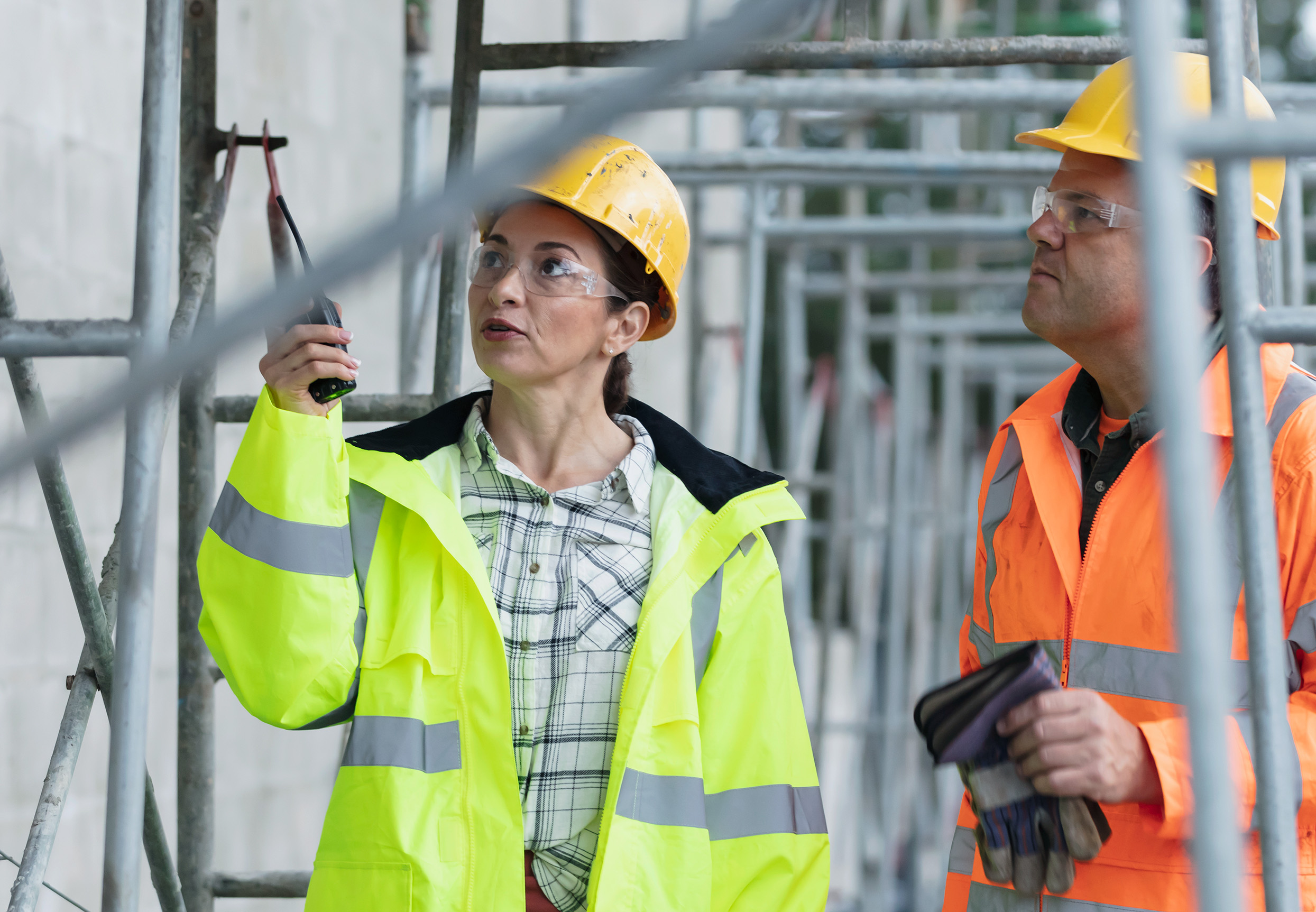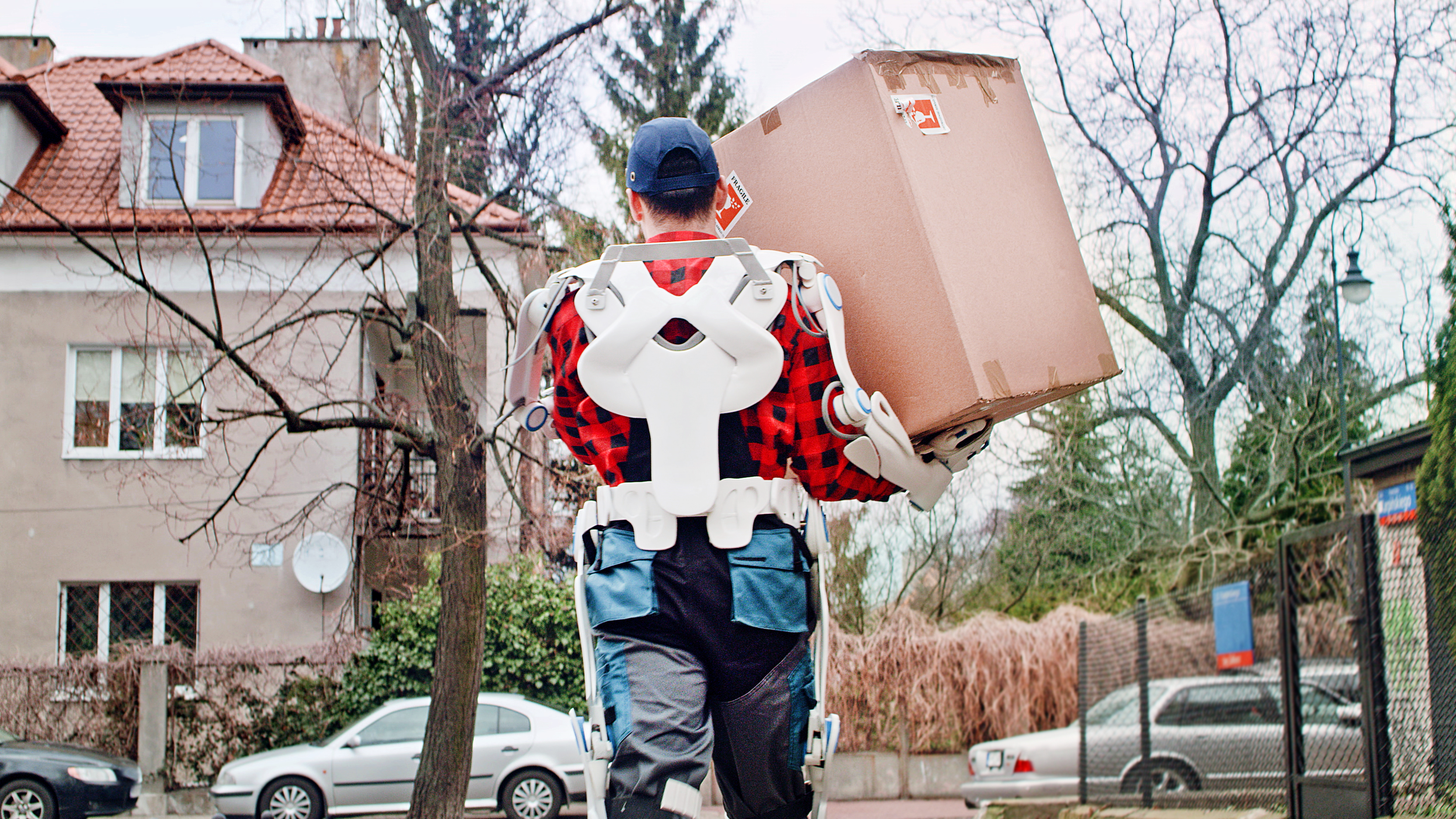
Construction Work Zone Safety: 10 Ways to Keep Roadway Workers Safe
By Alliant Specialty
Listen to the audio version:
As our highway infrastructure ages, there is an increased focus on rebuilding and improving existing roadways, often while they remain open to traffic. The warmer weather signals the start of roadwork season, leading to more work zones on interstates, highways and streets. It is also when more people take to the roads on vacations or road trips and there are simply more cars on the road. With increasing congestion, especially in urban areas, more night work is being performed to avoid peak-hour delays. This combination of heavier traffic and increased night work heightens safety concerns for highway workers.
Roadway construction workers often work in close proximity to fast-moving vehicles. Distracted driving, speeding and driving under the influence can result in crashes into construction work zones, putting drivers and workers at risk of injury and death.
According to the results of the 2025 Work Zone Safety Study, conducted by the Associated General Contractors of America and Heavy Construction Systems Specialist, 60% of the 675 construction firms responding reported that motor vehicles had crashed into their construction work zones during the past year.
Implementing roadway work zone safety awareness can help companies keep roadworkers safe, streamline processes and increase worker productivity. Use these best practices to ensure employees can complete their work without incurring life-altering or fatal injuries.
10 Strategies to Minimize Hazards for Roadway Construction Workers
While some driver behavior may be outside of your control, protecting your employees isn’t. Every member of your company and roadway crew has a critical role to play to promote collective safety. Build a culture around roadway safety with these tips:
1. Develop a Traffic Control Plan
Every road construction project should have a plan to facilitate the safe movement of vehicles around and within the construction zone. According to the Department of Transportation, most temporary traffic control plans are divided into the following four areas:
- Advance warning areas: These refer to sections of the highway where drivers are alerted to an upcoming work area. Warnings can be marked by a series of signs or rotating/strobe lights on a vehicle. For highways, the Department of Transportation recommends creating an advanced warning area far in advance of the work zone (0.5 miles or further) since drivers are conditioned to an uninterrupted flow of traffic.
- Transition area: The transition area is the area of the road where drivers are redirected outside of their normal path as they approach the work zone. Transition areas are usually marked by tapers.
- Activity area: This refers to the work zone where employees are actively engaged in their roles. The activity area can be broken down into three zones: the traffic space (where drivers are routed through the work zone), the work zone itself and the buffer space (area that separates traffic from the work zone). Provide signs at your work zone to alert drivers and encourage them to be mindful of their surroundings.
- Termination area: The termination area directs drivers out of the work zone to resume their normal route. Bring drivers’ attention to this transition by providing an END ROAD WORK sign or a speed limit sign.
Companies should always adhere closely to their traffic control plan and ensure all necessary signs or other markings are set up correctly.
2. Implement Advanced Traffic Control Measures
Use clear signage, barriers and cones to direct traffic safely around work zones. Deploy electronic message boards to provide real-time information to drivers about lane closures, speed reductions and alternative routes.
3. Enforce Speed Reductions
Implement and strictly enforce reduced speed limits in work zones. Use speed cameras and radar feedback signs to monitor and manage vehicle speeds, ensuring drivers comply with the reduced limits.
4. Avoid Blind Spots
In the work zone, various vehicles and heavy equipment, such as dump trucks, compactors, excavators and pavers, are in constant motion. In addition to crashes from passing vehicles, another way construction workers can get injured is from equipment crashes.
Workers must follow all safety procedures when operating equipment, including using a seatbelt, making eye contact with peers before moving any equipment, using mirrors and onboard cameras, applying parking brakes and using blocks to prevent vehicles parked on an incline from sliding. Workers should also strictly adhere to jobsite speed limits and stay within the bounds of the work zone.
When working near operating machinery on foot, maintain visual contact with the driver due to their limited line of sight. Remember: if you can't see them, they likely can't see you.
5. Enhance Worker Visibility
Provide workers with brightly colored, fluorescent or reflective vests and clothing to stand out on the road. This is especially helpful for employees operating at night or in reduced light. Keep in mind that you should also provide lights to make your workers more visible in dark or low-light conditions.
6. Be Aware of Work Zone Surroundings
Workers should face traffic when operating so they can keep an eye on passing vehicles. If this isn’t possible, workers should appoint spotters to keep watch on their behalf. Since work zones often have a high noise level, create hand gestures and ensure their meanings are mutually understood across the team.
7. Use the Right Technology
Technology can help to enforce safety procedures and automate processes for more streamlined operations. The following tools can help keep roadway workers safe from harm:
- Automated flagger assistance device: An automated flagger is used to direct and control traffic and is operated using a remote control from a safe distance. This helps to remove exposure for personnel while alerting drivers to an upcoming work zone. Advanced automated flaggers come with sensors and cameras to monitor traffic conditions, which can be used to optimize the flow of traffic and improve safety measures in real-time.
- Telematics: Telematics provide powerful insights into operator behavior when installed in equipment. For example, using GPS tracking, telematics can inform supervisors of poor habits like speeding or braking suddenly, which can then be used to correct unsafe behaviors. Telematics can also include geofencing to prevent equipment from being operated outside of the boundaries of a work zone.
- Drones: Drones are another useful tool to gather information about traffic flow. Using real-time surveillance, drones can help identify potential safety risks, such as areas where traffic is moving too fast, indicating the need for more signage or an additional flagger.
By leveraging the right tools and prioritizing safety, companies can safeguard their employees and all road users from dangerous crashes.
8. Start Each Workday with a Safety Meeting
Besides ensuring all personnel have necessary training, conducting a brief safety meeting before work is essential. Work zone conditions can vary daily, so workers must be briefed on scheduled activities and potential hazards. This time also ensures all workers have and wear the proper personal protective equipment (PPE) for the day's tasks.
9. Provide Safety Training and Protocols
Offer regular safety training for all workers to ensure they are aware of best practices and emergency procedures. Develop and enforce strict safety protocols, including the use of PPE and safe work practices around machinery and traffic.
Creating a safe environment requires the compliance and collaboration of all staff members. Companies can incentivize safety engagement by distributing rewards to employees who go above and beyond in protecting the well-being of their community.
10. Prevent Heat-Related Illnesses
Road construction workers face risks of overexertion and heat-related illnesses due to asphalt's high heat absorption. Asphalt can be 30°F or hotter than the surrounding air. To prevent heat-related issues, workers should stay hydrated with water or electrolyte-rich drinks like sports beverages or coconut water. They should also minimize exposure to extreme heat and sun, particularly on scorching days, to avoid heatstroke, dehydration and heat exhaustion.
Implementing these simple safety procedures can save lives and prevent life-threatening injuries. In addition, proactively mitigating risk protects companies from having to spend thousands to millions of dollars in workers’ compensation, wage and productivity losses. Creating a robust safety culture on and off the road is essential to operating your company at its fullest extent.
Alliant is Your Roadway Safety Partner
Your workers are your most valuable resource. To protect your company and its employees from risk, you need the right partner in safety and loss control. With our breadth of custom solutions and experience in safety and risk management, Alliant can help strengthen your safety programs, control costs and prevent injuries and fatalities. For more information about our risk solutions, visit Alliant Safety & Loss Control.
Alliant note and disclaimer: This document is designed to provide general information and guidance. Please note that prior to implementation your legal counsel should review all details or policy information. Alliant Insurance Services does not provide legal advice or legal opinions. If a legal opinion is needed, please seek the services of your own legal advisor or ask Alliant Insurance Services for a referral. This document is provided on an “as is” basis without any warranty of any kind. Alliant Insurance Services disclaims any liability for any loss or damage from reliance on this document.
News & Resources




